Composition And Classification of Glass
We love glass, and the glassware is by far one of the most environmentally friendly. It is inert, does not leach, and is 100% recyclable for reuse. It doesn't absorb odours or tastes, is easy to clean, and is relatively inexpensive to produce because raw materials are abundant and most naturally occurring. Modern glassware technology is very mature, and products of various shapes and functions can be produced according to the needs of customers.
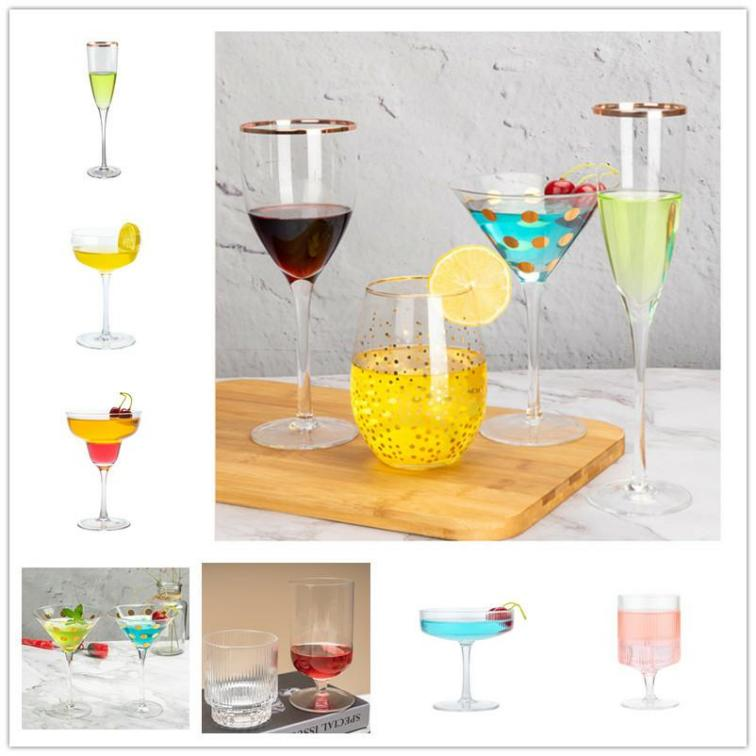
So what is glass made of? The main materials used in most consumer glass are: silica or silicon dioxide (commonly called "sand" and yes, beach sand), sodium carbonate (or soda ash, which is both Both naturally occurring and synthetic) and lime (calcium carbonate, which occurs naturally in limestone, marble, or chalk).
Crystal glass is almost produced with a mixture of lead and cadmium. Of course, decorative glassware, such as vases, ashtrays, etc., is still safe to use with crystal glass. Fortunately, modern manufacturers have devised a unique method of making high-quality crystal glass without contamination from toxic heavy metals.
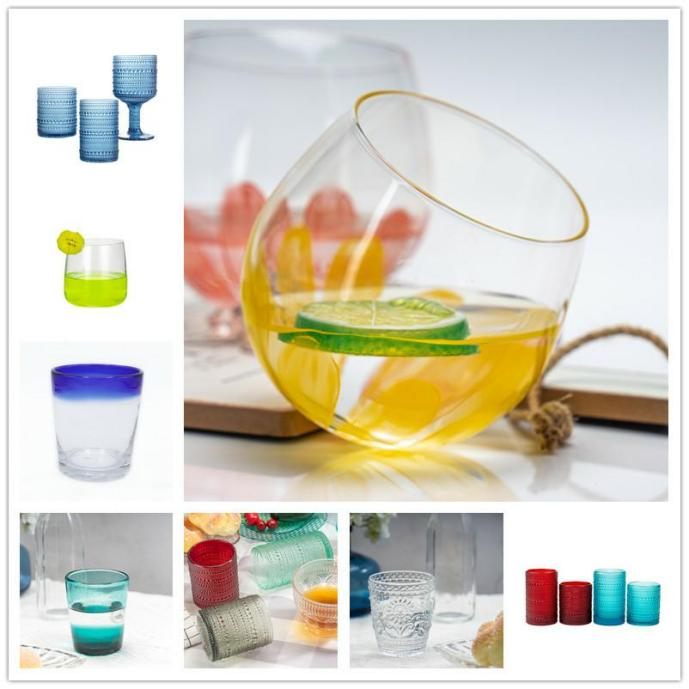
At present, Dingmu’s series of household glassware will never use crystal materials, because crystal materials will more or less involve heavy metals such as lead and cadmium, which will affect the safety of drinking, so if you customize glassware, our product consultant will also emphasize that drinking-grade glassware cannot be made of crystal material. Of course, all our export products will pass various testing standards according to the requirements of different countries, such as the FDA, LSGB, CE, KFDA etc. We have a professional testing department and accept the testing and factory inspection agencies established by customers to test products and factories.
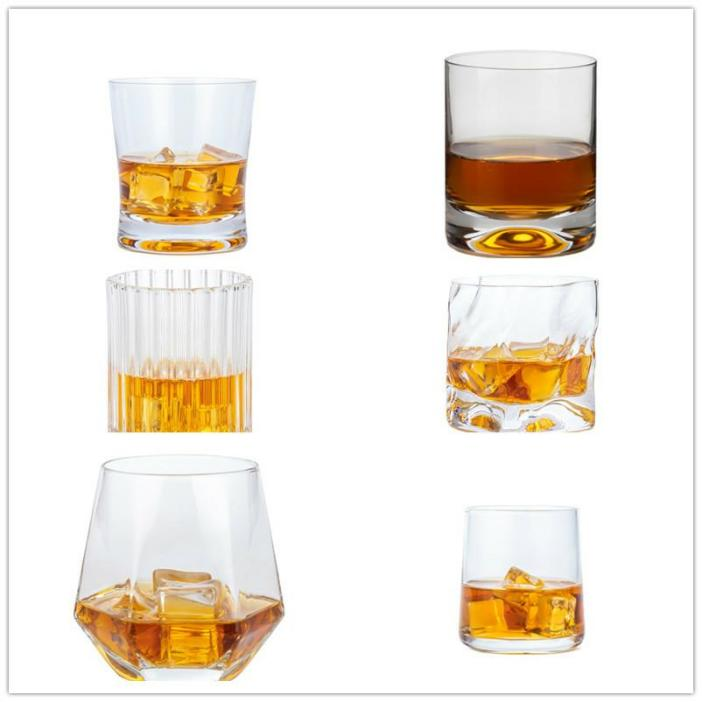
Melting Process
Glass melting is one of the important processes in the production of glass, is the preparation of raw and auxiliary materials by high temperature heating into a glass liquid can meet the requirements of the molding process. The melting process is divided into five stages: silicate formation, glass formation, clarification, homogenization and cooling, while the first two stages usually require higher temperatures, usually at 1200°C or even higher. The control of the melting process directly affects the product quality and product qualification rate.
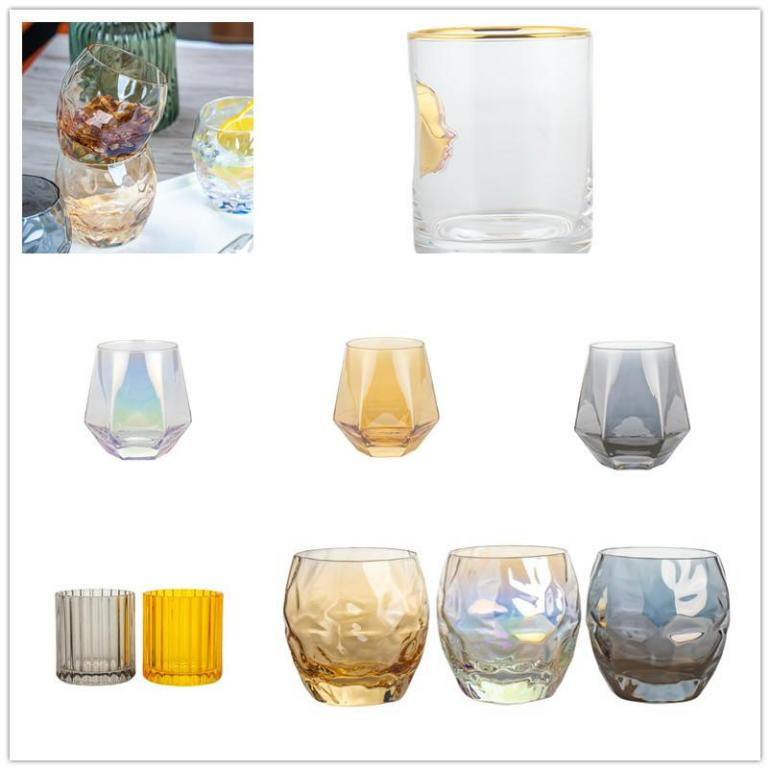
Forming process
Glass products are formed by centrifugal method, drawing method, pressing method, calendering method, blowing method, floating method and pressure - blowing combination method. If the molding process is not properly controlled, it may lead to product quality problems such as bubbles, streaks and stones.
We have a number of modern production lines, which can mass produce glassware made of soda calcium or high borosilicate, such as water bottles, glass bowls, glass plates, wine glasses, cans, etc. Hand-blown products require excellent craftsmen with at least 5 years of experience. The production process will include a series of complex procedures such as mold design and production, glass blowing, molding, firing, grinding, and annealing. Hand-blown glassware is allowed to have a little trace of air bubbles, and the specific requirements are formulated according to the inspection standards of inspection agencies formulated by different customers.
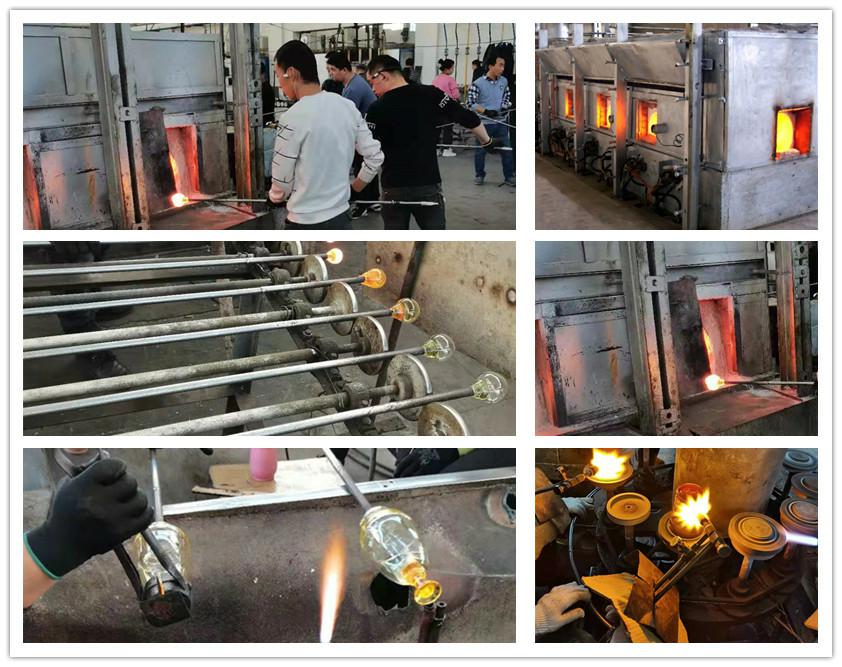
Annealing Process
The glass annealing process is the process of reducing or cleaning up as much as possible the thermal stresses generated in the glass during the molding process. The glass annealing process is usually divided into five stages: a heating and equalizing stage, a significant cooling zone, a slow cooling zone, a rapid cooling zone, and a rapid cooling zone. The control of temperature and time are the parameters that need to be focused on in each stage.
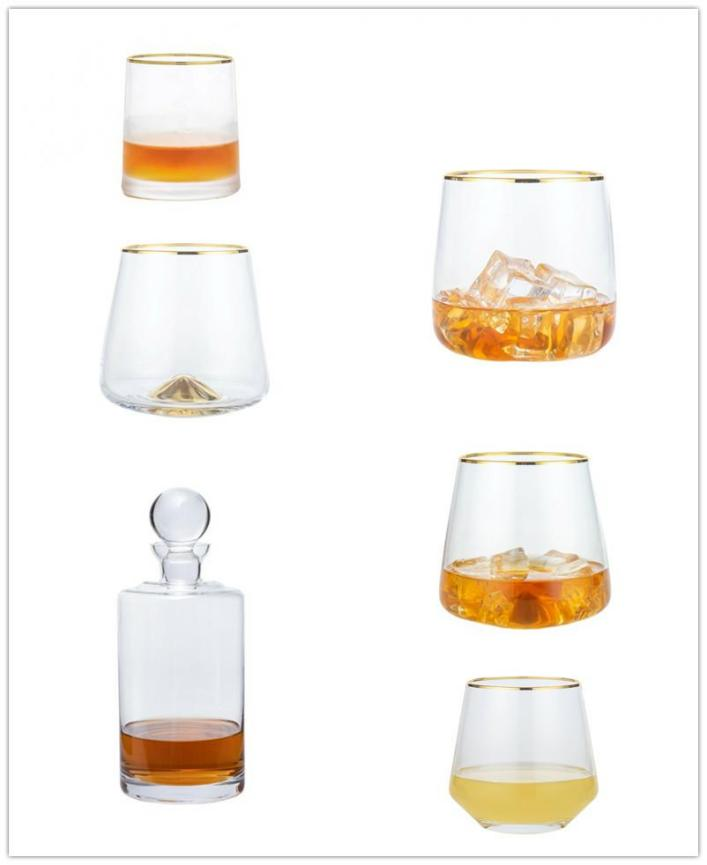
Post-processing
In order to give the glass a certain shape and artistic effect, many glass manufacturers will carry out post-processing/decoration process after the completion of annealing. The common post-processing methods include: faceting and engraving, polishing treatment, gross surface loss treatment, colored glaze decoration, rainbow decoration, gold decoration, ion diffusion coloring and color spraying, etc.
Food contact glass products are different components of the raw materials of high-temperature melting, the use of blowing, pressing and other processes made of products, common soda lime glass products, high borosilicate glass products, tempered glass products. Soda lime glass is mainly used in the field of wine, cans and other food packaging; high borosilicate glass is mainly used for glassware, utensils; tempered glass is mainly used for preservation boxes, bowls, plates, etc..
Post-processing
In order to give the glass a certain shape and artistic effect, many glass manufacturers will carry out post-processing/decoration process after the completion of annealing. The common post-processing methods include: faceting and engraving, polishing treatment, gross surface loss treatment, colored glaze decoration, rainbow decoration, gold decoration, ion diffusion coloring and color spraying, etc.
Food contact glass products are different components of the raw materials of high-temperature melting, the use of blowing, pressing and other processes made of products, common soda lime glass products, high borosilicate glass products, tempered glass products. Soda lime glass is mainly used in the field of wine, cans and other food packaging; high borosilicate glass is mainly used for glassware, utensils; tempered glass is mainly used for preservation boxes, bowls, plates, etc..
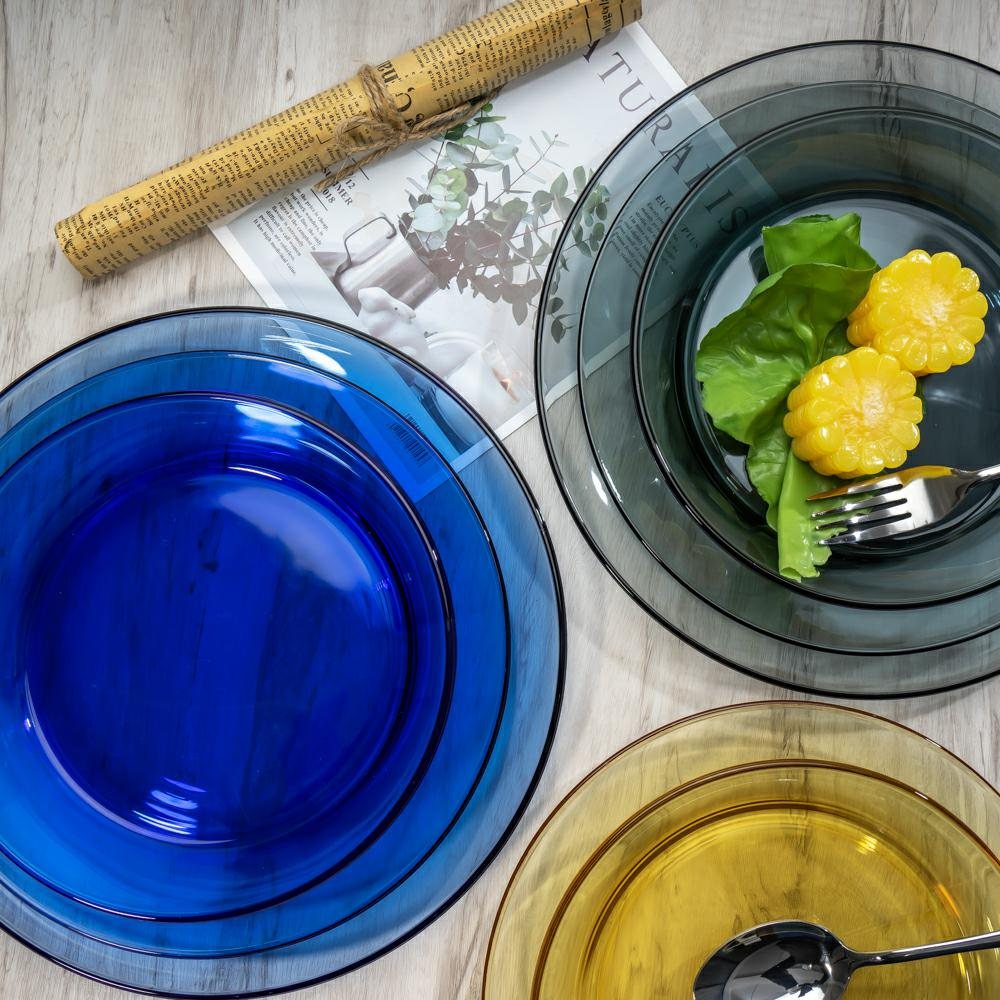
Glass products have the characteristics of safety, good chemical stability, hygiene, economy, etc., and are widely used in daily life. In the purchase and use of recommended attention to.
1. Look at the appearance. Poor products will have obvious quality defects, such as bubbles, stones, cracks, etc. Try to use products with high transparency and complete label information.
2. In the process of use to avoid bumping, heavy pressure, to prevent the glass from breaking to cause injury to the human body.
3. When cleaning, try to use soft cleaning tools to prevent scratches, affecting the beauty.
Dingmu has emerged as one of the top glassware manufacturing and marketing businesses in Xi’an over the last 15 years. Xi’an Dingmu is known for its competitive pricing and focuses on manufacturing quality glassware products.
All of our products have passed the certification of Sedex, BSCI, IS09001, SGS and other standardized projects, and meet the standards of FDA, LFGB and another food-grade testing. Whether you need more information, samples, a quote, or advice for a project, we would be delighted to talk to you.

评论
发表评论